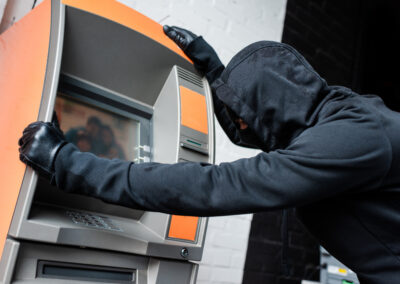Valuables and watches: how to buy second-hand items? The expert answers
Protecting ourselves from wrong purchase and risk of dispute is fundamental not to lose the investment
Five questions to Schwegler Associated’s internal legal expert .
The secondary market for precious goods, including watches, lends itself to specific risks which should be carefully considered when we intend to purchase or sell an object of great value that has already been placed on the market by the manufacturer who sold them to the first purchaser. To clarify some aspects which often worry buyers when they make an important expense, the Schwegler Associated legal expert answers some of the most frequently asked questions on the subject.
“It is important to remember that, in order to claim the asset outright, in the event of a dispute, it will be necessary to demonstrate that the asset was purchased in specific conditions of objective provability of one’s good faith, meaning it cannot be disputed retrospectively. In fact, even if good faith is presumed, the validity of the purchase and the parts’ good behaviour should be proven in case of civil or penal quarrel”.
What is the main risk of buying valuable assets on the secondary market?
“When purchasing ‘used’ values, the risk is to buy an asset of illicit origin, incurring in criminal charges, like reckless purchase or receiving stolen goods, and civil consequences, with the real danger of losing the object”.
What clues should alert the buyer?
“First of all, the purchase must take place at a fair value compared with the intrinsic value of the asset. Buying an object with a clearly incongruous value testifies, in fact, a presumption of illegality or a state of need. This may lead to an indirect awareness that the asset is being sold off because of its origin which reduces its intrinsic value. Although there are no certain parameters regarding the price, the abnormal disproportion (paltry price) is difficult to support in a litigation”.
What actions are possible to support one’s good faith?
“It is necessary to prove that you have made the purchase at the indicated amount by keeping track of the payments made, preferring traceable systems, and to keep the documentation certifying the date of the goods’ reception (to prove it ex post). Another important element is the check of the seller’s identity”.
What precautions should be taken towards the seller?
“Having certainty about who delivers the goods if a natural person (through a copy of the ID), or receiving a reliable fiscal document (receipt or invoice) from the merchant, verifying that information reported matches with the verifiable ones, is a prudential behaviour necessary to protect your investment “.
What happens in case of dispute of ownership of the asset?
“If, despite the precautions taken, one runs into the misfortune of a dispute of the ownership of the asset, it will be possible to apply the ancient law “possession is property “, and to keep the ownership of the asset legitimate. This is possible only if all the elements set out above can be proved with certainty.
Otherwise, if the original owner – who has suffered the theft – traces the asset, he should be able to prove the original ownership in good faith, under the same conditions set out above, and eventually take action against anyone who fails to prove having made the purchase under the conditions described. In the end, the circulation of second-hand goods must take place within a certain and traceable path.
If the last buyer proves to have purchased the asset in “good faith”, he will therefore acquire the ownership of the asset. In this case, the original owner can only try to assess – through a claim – the previous changes of hands to trace the person who has acquired possession of the asset but has never become the owner of it, because he is aware, directly or indirectly, of his own bad faith “.
BLOG





